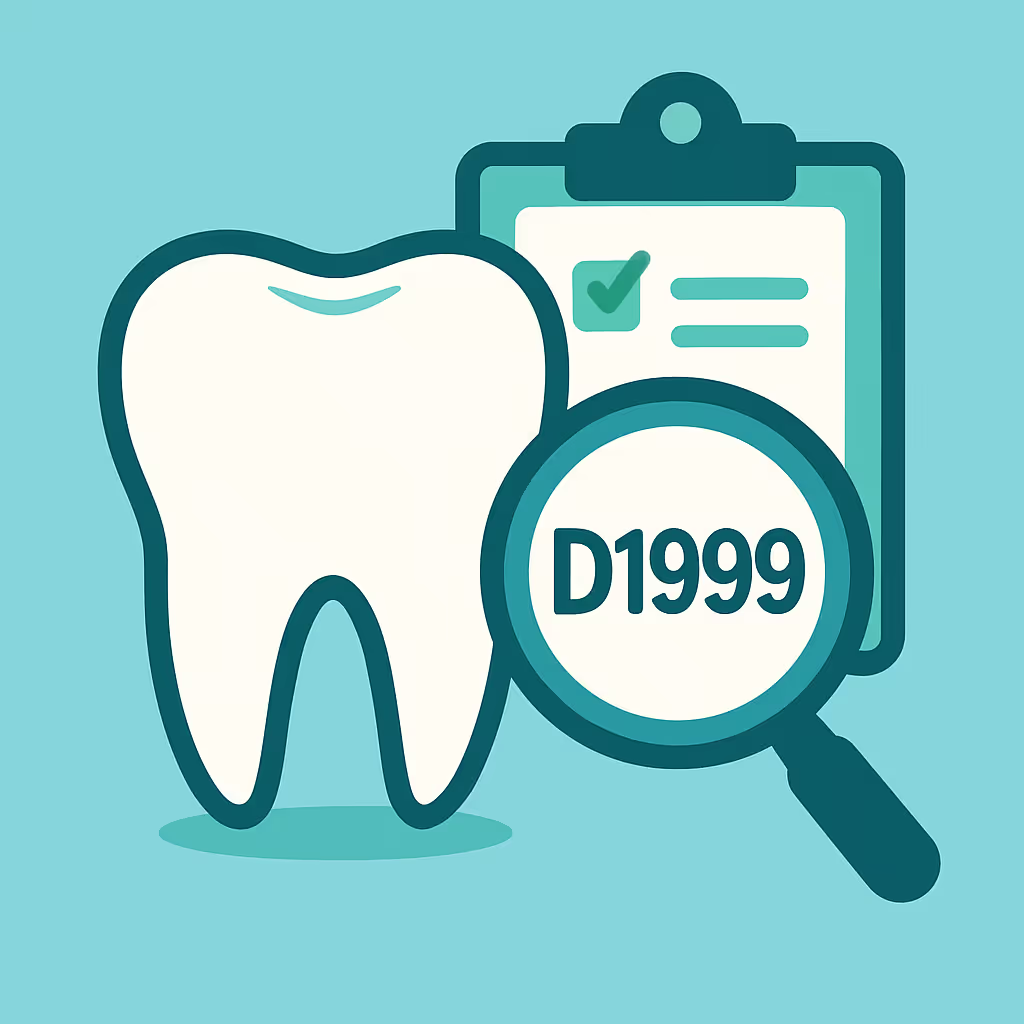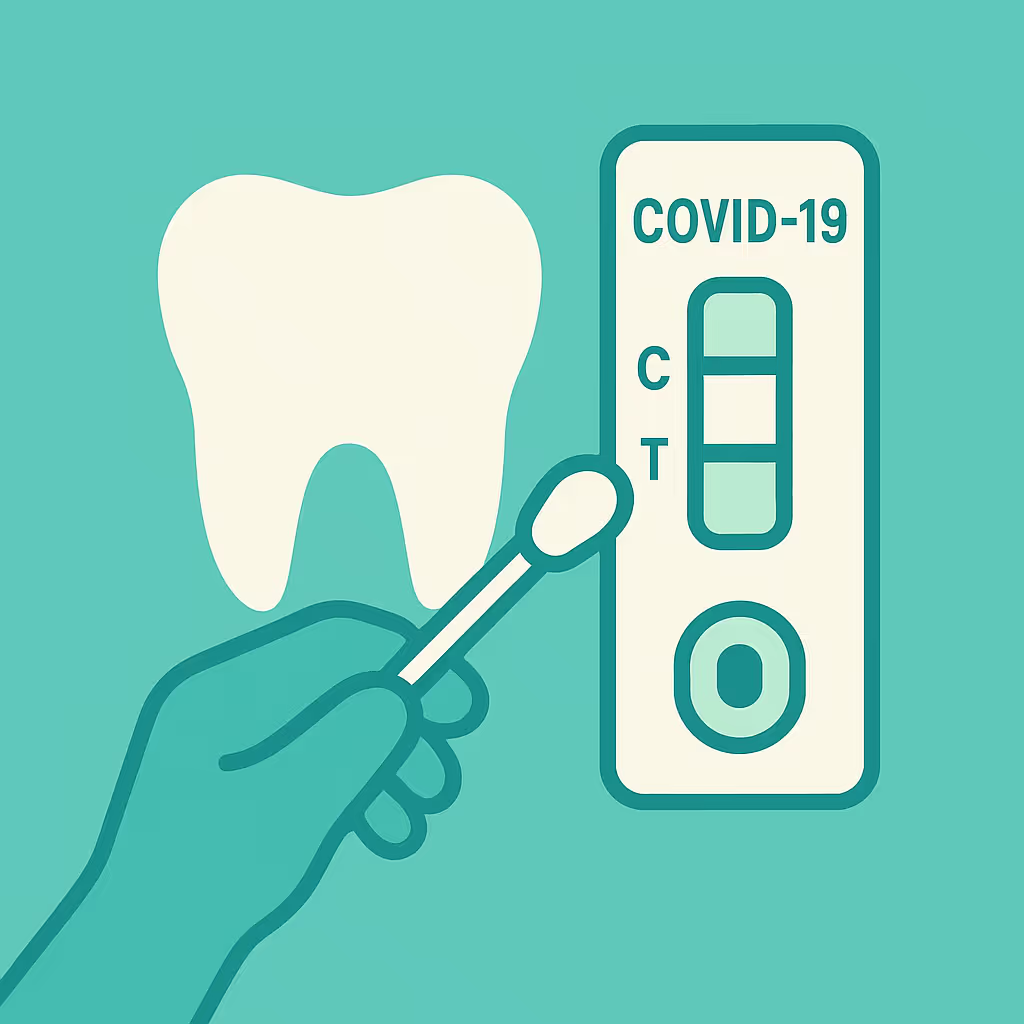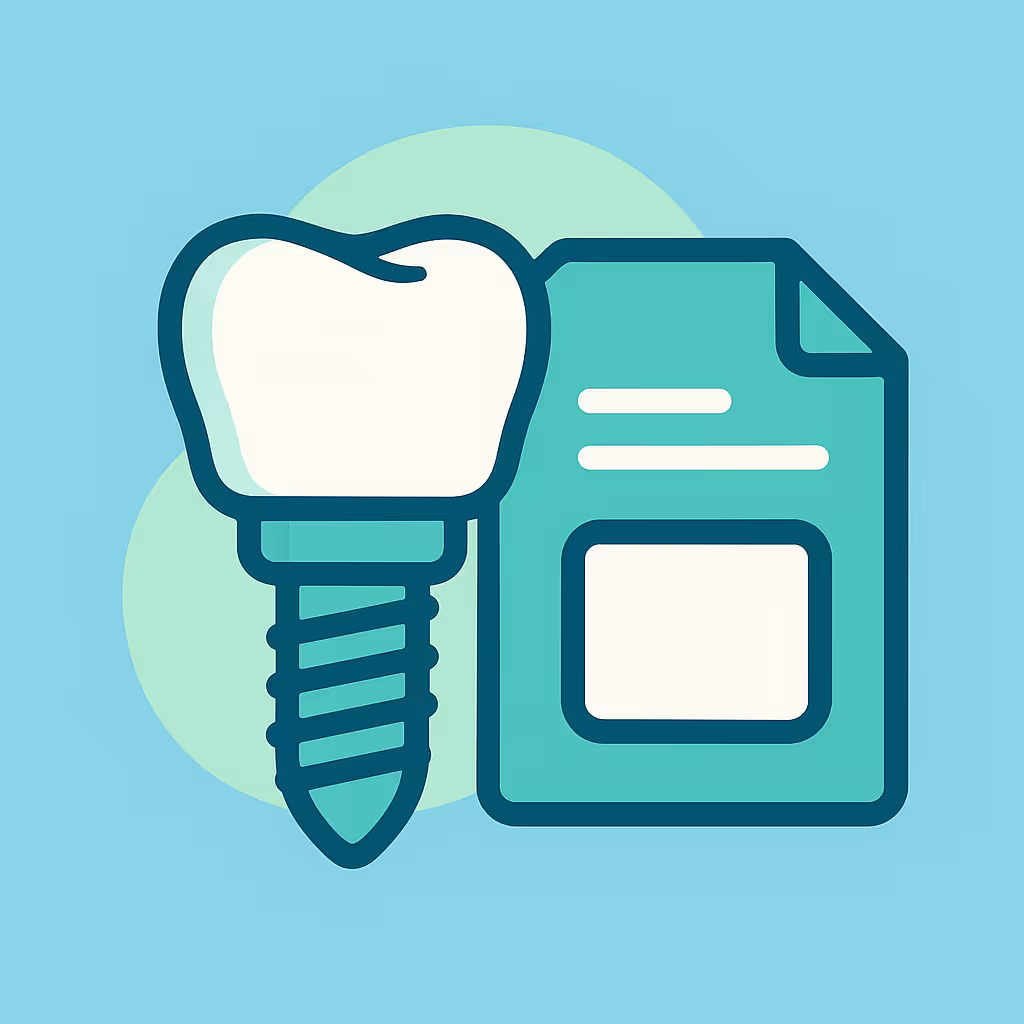Understanding Dental Code D5110
When to Use D5110 dental code
The D5110 dental code is designated for a complete denture – maxillary. This CDT code should be used when a patient requires a full replacement of all upper teeth with a removable prosthesis. It is important to ensure that the patient is fully edentulous in the maxillary arch before applying D5110. This code does not cover partial dentures or immediate dentures; for those scenarios, refer to the appropriate CDT codes, such as D5130 for immediate dentures or D5213 for partial dentures. Always verify the patient’s dental history and confirm that no natural teeth remain in the upper arch before proceeding with this code.
Documentation and Clinical Scenarios
Accurate documentation is essential for successful billing and claim approval. For D5110, clinical notes should clearly state the edentulous status of the maxillary arch, the reason for denture fabrication (e.g., loss of all teeth due to decay, trauma, or periodontal disease), and any relevant radiographs or diagnostic images. Include a detailed treatment plan, patient consent, and any pre-treatment evaluations. In clinical scenarios, D5110 is most commonly used for patients who have lost all upper teeth and are seeking a functional and esthetic solution. If extractions are performed on the same day, document each procedure separately and use the appropriate extraction codes alongside D5110.
Insurance Billing Tips
To maximize reimbursement and minimize claim denials, follow these best practices when billing D5110:
- Insurance Verification: Before treatment, verify the patient’s insurance benefits for prosthodontic services, including frequency limitations and replacement intervals (often every 5–7 years).
- Pre-authorization: Submit a pre-authorization with supporting documentation, such as clinical notes and radiographs, to confirm coverage and avoid surprises for the patient.
- Claim Submission: Ensure the claim form includes the D5110 code, a narrative describing the clinical necessity, and all required attachments. Double-check patient and provider information for accuracy.
- Explanation of Benefits (EOB) Review: After claim adjudication, carefully review the EOB for payment details or denial reasons. If denied, address the specific reason and submit a timely appeal with additional documentation if needed.
Example Case for D5110
Consider a 68-year-old patient who presents with a fully edentulous upper arch due to advanced periodontal disease. After a comprehensive evaluation and patient consent, the dentist recommends a complete maxillary denture. The dental team documents the edentulous status, takes impressions, and submits a pre-authorization to the patient’s insurance with supporting radiographs. Once approved, the denture is fabricated and delivered. The claim is submitted with D5110, and the EOB confirms coverage, resulting in successful reimbursement. This case highlights the importance of thorough documentation, insurance verification, and proactive communication with both the patient and the payer.





